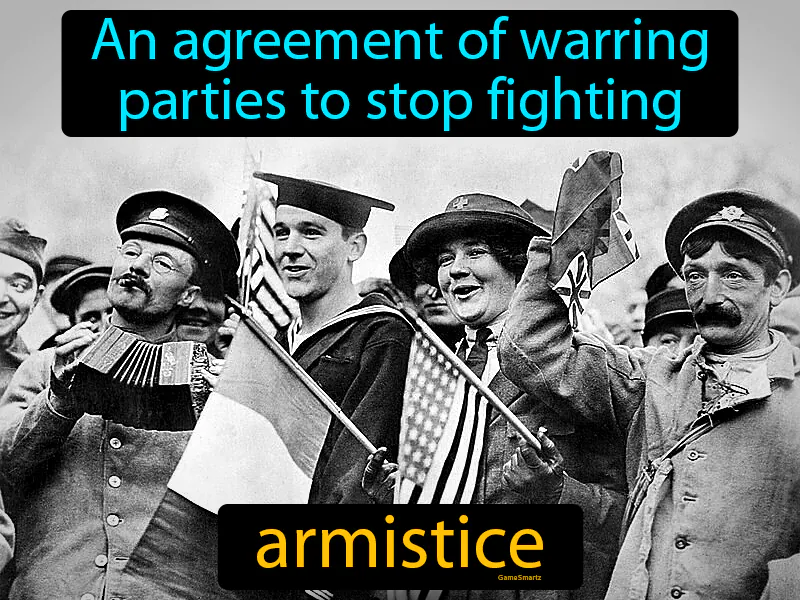Armistice
Armistice: Easy to understand
The armistice of World War I, signed on November 11, 1918, was crucial because it ended the fighting on the Western Front and paved the way for peace negotiations. This event highlighted the importance of diplomacy over warfare and showed the world the devastating costs of war, a lesson that remains relevant today. The tensions and ideas from the armistice still echo in today's emphasis on international cooperation and conflict resolution through organizations like the United Nations. For an average person, these ideas influence daily life by promoting peace, security, and stability, which are essential for economic growth and personal safety. Additionally, the concept of resolving disputes peacefully can be applied in everyday situations, such as resolving conflicts at school or work.

Practice Version

Armistice: An agreement of warring parties to stop fighting. Armistice. An armistice is a temporary peace deal between enemies to halt combat, like the one ending World War I fighting on November 11, 1918.